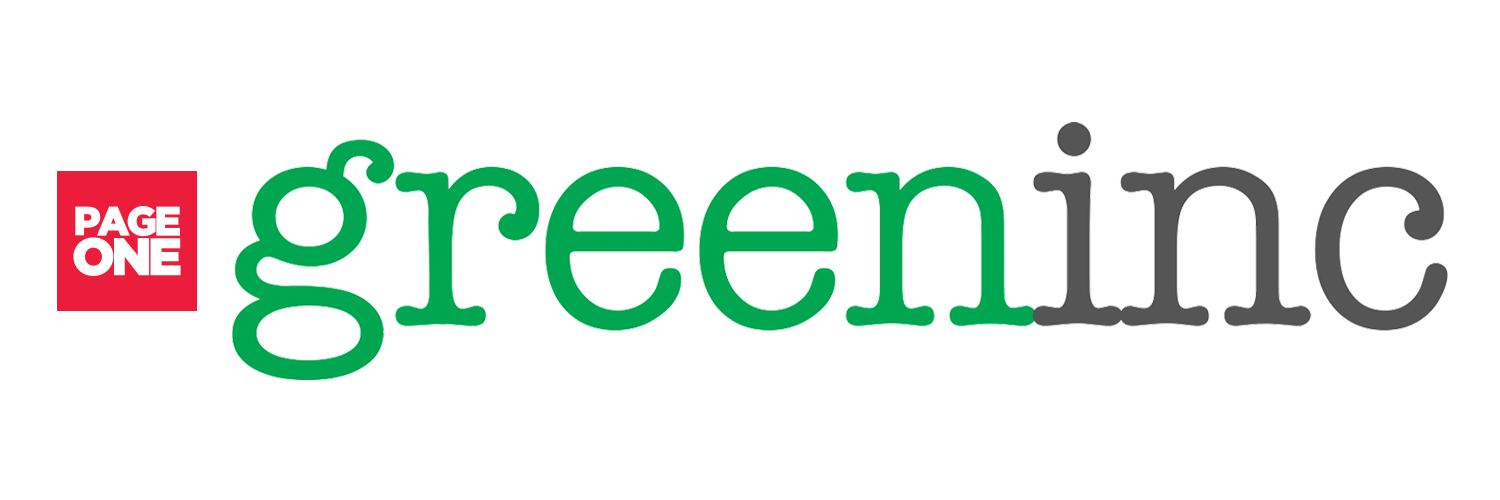When things are difficult and situations turn to worse, Pinoys must be equipped with one thing to survive: money.
At a time where global prices are unpredictable and everything in the market is fast-changing, it is essentially important to think of money and ways to save it.
For Pinoys, the best way to save might be to discipline oneself — true, but it requires strategy too. This is why amidst a shaky economy, Pinoys can stay afloat if finances are managed effectively.
Finance and budgeting professionals enumerate a few tailor-fit ways for Pinoys that can help them prepare for tough times:
1. Always anticipate a crisis
Anticipating an impending crisis — whether there’s really one or not — equips you with the proper mindset that everything can happen anytime and it is best to be prepared.
It also encourages Pinoys to save up even when there’s no urgency. When you anticipate a crisis even without a hint of it happening, it encourages you to work and create a financial safety net that you can turn to when that time comes.
When doing this, it is suggested to build an emergency fund for any crisis that might happen. May it be an incoming economic downturn, recession, political conflict, currency crisis, and natural crisis like the COVID-19 pandemic or environmental disasters.
Separate that fund from money dedicated to food, rent, utilities, and other immediate payables. Save up consistently so when things come in haywire, you have money to back you up.
2. Stay aware of price changes
The Philippines, as much as other countries, is also affected with global outturns. When situations change both locally and globally, businesses are affected and so are prices. To budget well is to stay in-the-know of these prices.
You can watch the news to be updated on the latest information about economies. As the country is the world’s social media capital, you can also make use of your socials — you can follow news outlets or necessary financial organizations to be able to see relevant content.
At the end of the day, knowing prices will help you plan your budget well.
3. Pay debts, boost savings
To be able to save well, there must be no extra baggage or expenses that might negatively influence your savings, like debts. This is because it allocates money for emergencies to debts, which had been supposedly paid.
For instance, make sure that there are no impending high-interest debts to pay. Interest adds up to your debt, so make sure to avoid them. Moreso, totally avoid debts if possible.
Of course, for those with lots of debts that cannot be paid for in one go, it is important to prioritize paying for those that might be a disadvantage on your end. Calculating possibilities is the best way to know which debts should be paid first.
Savings can only be further boosted when debts are absent. To save in a more convenient manner, make sure you have no external liabilities to pay. In a shaky economy, debts will become a future baggage that might crash your finances.
4. Personalize the 50-30-20 budget plan
The 50-30-20 budget plan is a framework that guides people on how to effectively save money. This is especially for salary workers, which the majority of Filipinos are. This division includes:
- 50% of your income goes to essentials or those who need mandatory payment (groceries, rent, utilities, healthcare, bills, transportation, etc.)
- 30% of it should go to mid-level needs. This can be clothing, wellness maintenance (gym memberships, yoga clubs, etc.), entertainment, travels, and more.
- 20% should be dedicated to savings, emergency funds, and debt/loan payments, should there be one.
The 50-30-20 budget plan may be familiar to a few Pinoys, typically those in the finance sector. This is actually a concept from the West, which people regard as unfit with the Philippines’ situation.
This is relatively true because let’s face it — not many Pinoys can maintain a gym membership or participate in a yoga club because it’s not considered much of a need for Pinoys. The income bracket from western countries are surely different from what the ordinary Filipino earns. Especially at times where the economy is not stable.
However, banking professionals say that the 50-30-20 is applicable if Pinoy customers can personalize it according to their situations. To do this, Pinoys can rank their priorities according to the 50-30-20 rule:
50s for immediate needs: food, rent, bills, education, buying load (prepaid top-ups), medicines, and more. 30s can be sending money to family, getting your dream OOTDs, and more. 20s can be for debts, savings, and more. It is up to you to rank them according to your personal needs.
5. If possible, seek financial planning from professionals
For Pinoys with less knowledge on money who have a little more disposable cash to dispense, you can invest in a competent financial planner.
With a professional guiding you, you can produce a more tailor-fit budget plan that will consider all things that affect you financially. Moreover, their advice directs you to a more strategic way of spending and saving your money.
While the future may be uncertain, it is best to prepare and budget anytime even during the good times. That way, Pinoys can enjoy a more stable life with financial safety nets that ensure financial security for Filipinos.





















